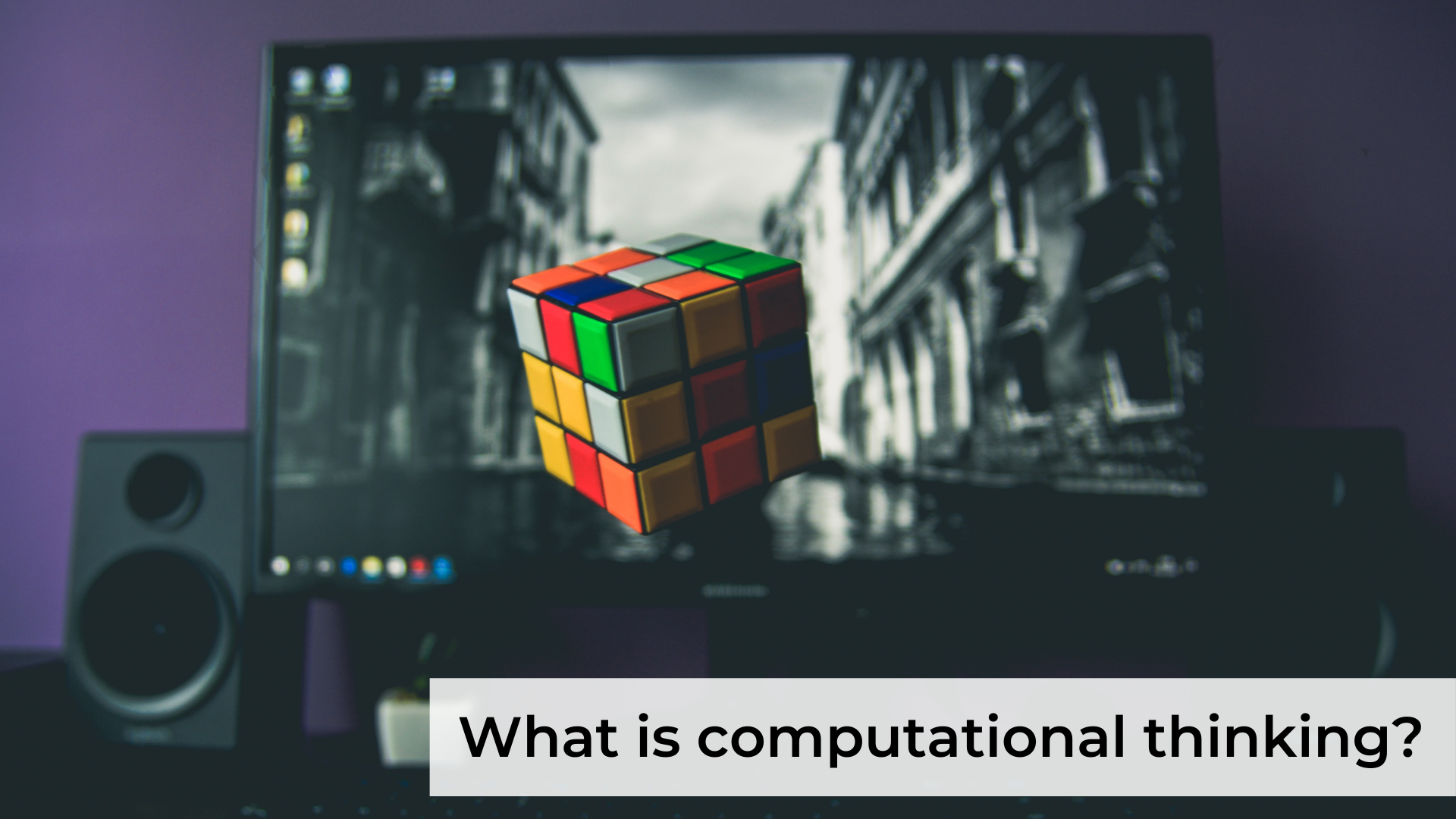Computational Thinking
Hey Coach,
I recently started my journey learning about the computer science discipline. I continuously hear the term “computational thinking”. It seems like something that could be a part of the discipline; but it also seems like it can be beneficial for all learners as well. Coach, what is computational thinking?
Sincerely,
Thinking about Computational Thinking
Dear Computational Thinker,
Great question! No worries, you’ll definitely have a comprehensive understanding of the term by the end of this post.
The Big Picture
Let’s start by looking at a general explanation of the term computational thinking:
Computational thinking is a profound process that combines deep thinking, in-depth analysis, and abstract reasoning to solve problems in a systematic manner. This systematic manner of thinking, in some ways, mimics the processes carried out by a computer.
Computational thinking is so multifaceted that it can be applied in any walk of life and in a multitude of ventures. It not only helps us address large-scale tasks but also small, everyday situations and circumstances.
The explanation above was developed in accordance with dialogue written by Dr. Jeannette Wing; a professor of computer science who has been studying the discipline for many years.
The K-12 Computer Science Framework defines computational thinking by drawing on contextual background from Dr. Wing and reaffirms that computer science is needed to learn and understand principles of computational thinking. Therefore, computational thinking is indeed a part of computer science.
Computational Thinking and Innovation
In relation to education, computational thinking is important because it helps students develop basic level computer science skills before they graduate high school. These skills allow students to harness the power of computers and digital technology to innovatively solve problems. As educators, we should understand the progression of computational thinking competencies in order to develop our students’ ability to innovate.
Further Your Learning
Here are some resources to further your learning on the topic of computational thinking:
The CT Progression Chart is a great resource to help you understand computational thinking vocabulary, its progression through the grade levels, and ways to develop computational thinking-related activities.
The Computational Thinking Teacher Resource Guide and Computational Thinking Leadership Toolkit expand understanding of what computational thinking is in relation to computer science and introduce learning experiences that can be created for students.
The International Society for Technology in Education (ITSE) has an extensive allotment of resources as well. Start by looking at their website covering Computational Thinking Competencies. It discusses how the competencies allow educators to integrate computational thinking throughout various learning disciplines.
The Computational Thinking for All webpage has tons of multimedia resources, handouts, booklets, and various other resources that you can use to develop your understanding of computational thinking.
I hope these suggestions were of help to you, Computational Thinker. If you would like to explore more ideas or strategies, please reach out to us at our KSU iTeach website! We would also love to hear how things are going as you create activities for your students that are aligned with computational thinking competencies. Let us know by tagging us on Twitter @ksuiteach and using the hashtag #HeyiTeachCoach!
All the best,
Coach

